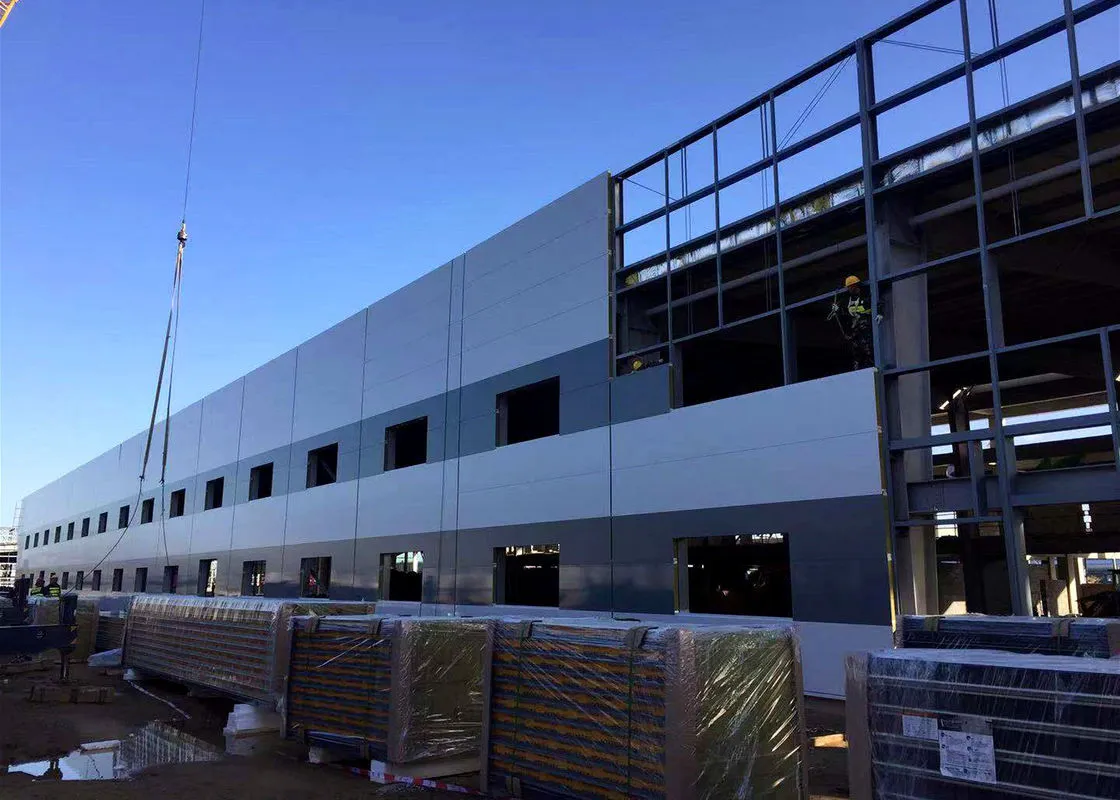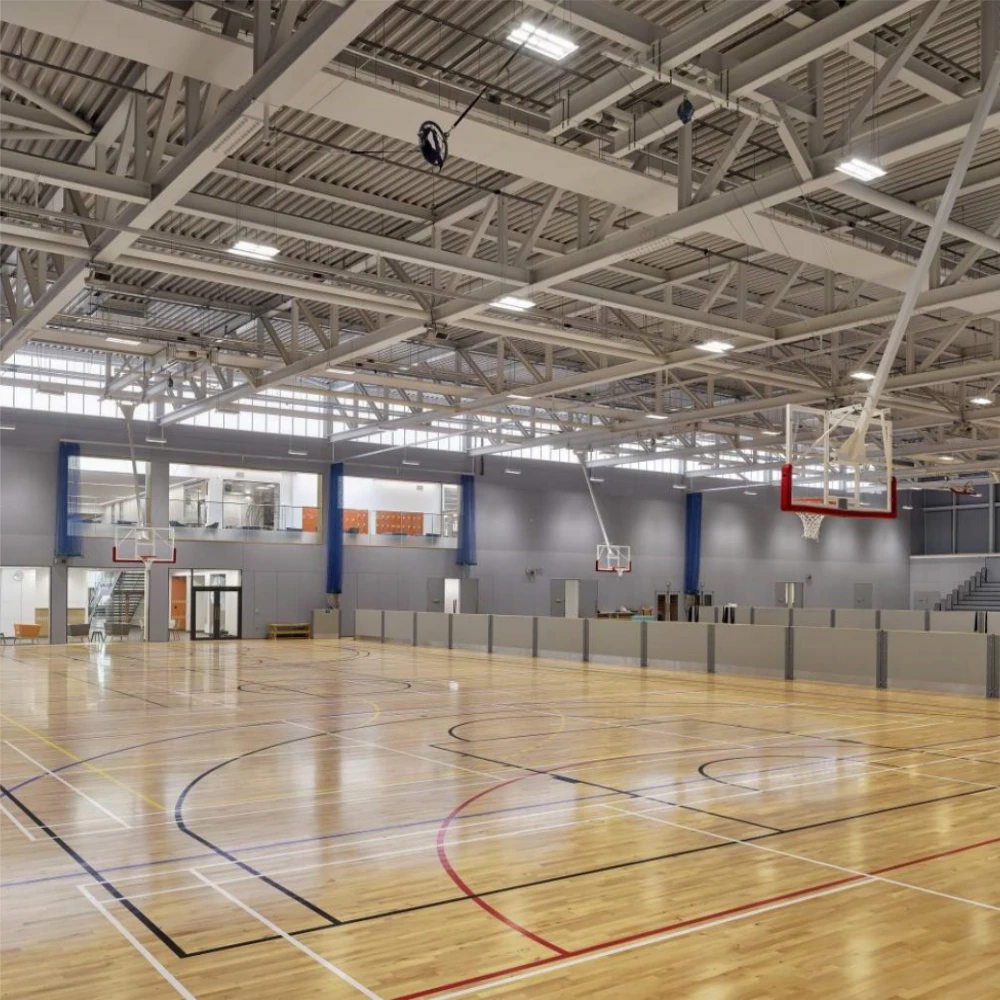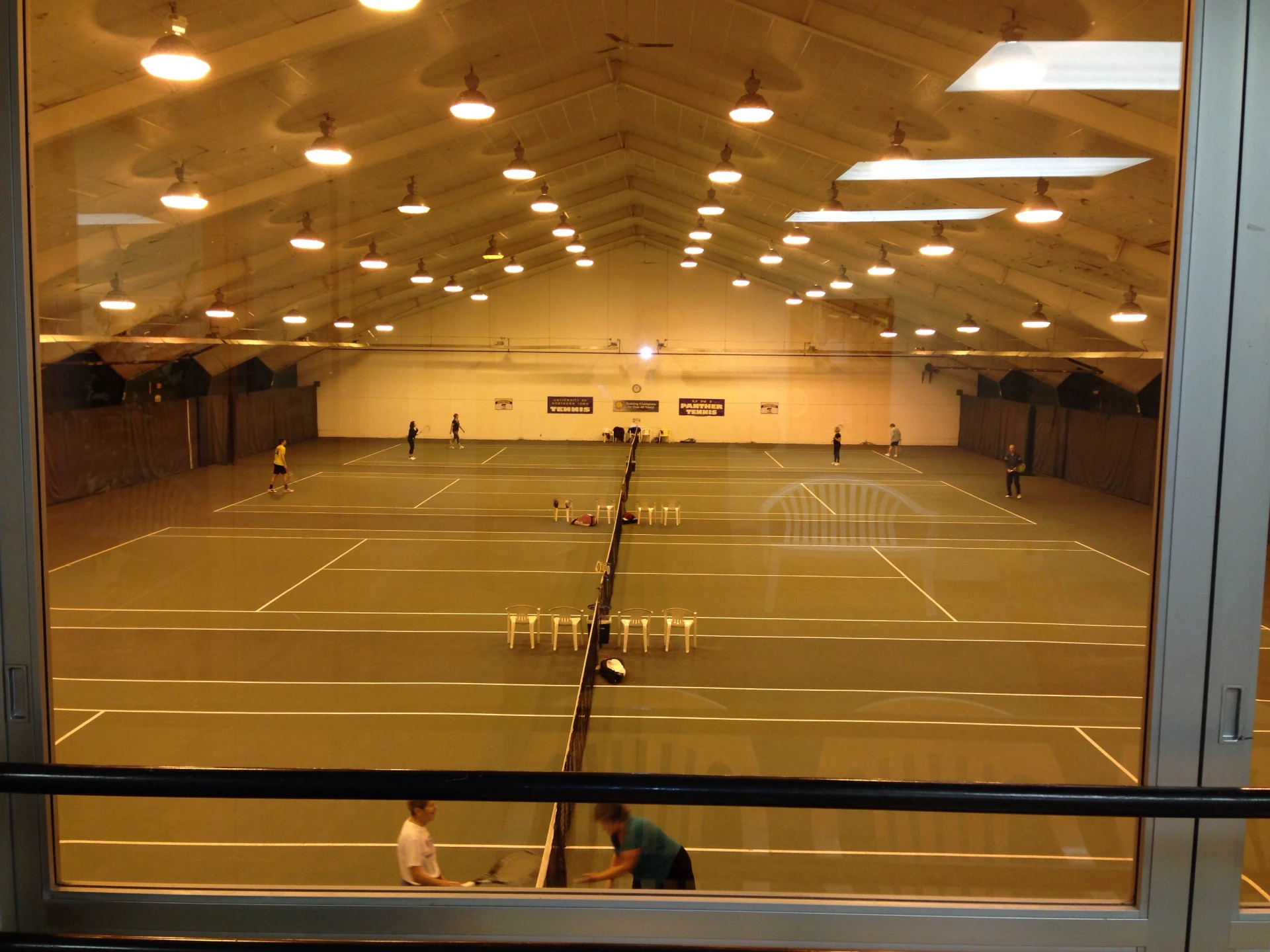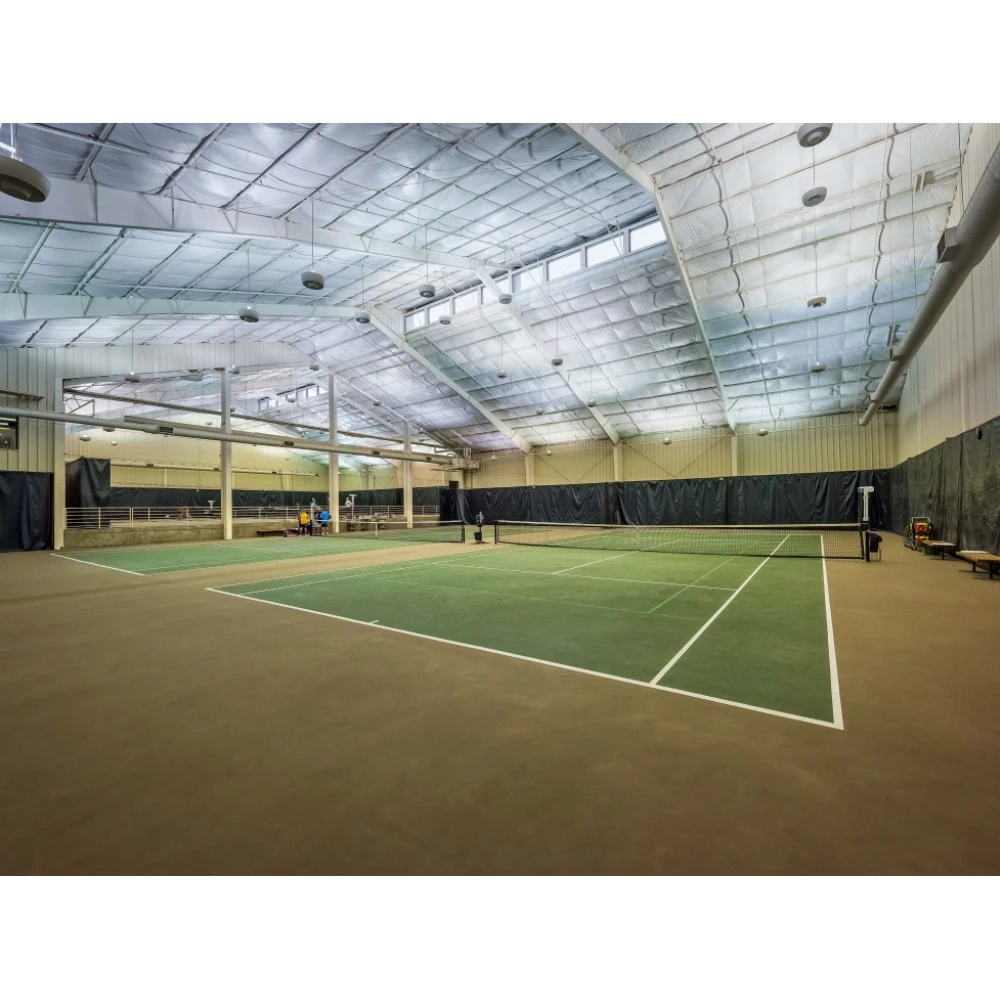- Afrikaans
- Albanian
- Amharic
- Arabic
- Armenian
- Azerbaijani
- Basque
- Belarusian
- Bengali
- Bosnian
- Bulgarian
- Catalan
- Cebuano
- Corsican
- Croatian
- Czech
- Danish
- Dutch
- English
- Esperanto
- Estonian
- Finnish
- French
- Frisian
- Galician
- Georgian
- German
- Greek
- Gujarati
- Haitian Creole
- hausa
- hawaiian
- Hebrew
- Hindi
- Miao
- Hungarian
- Icelandic
- igbo
- Indonesian
- irish
- Italian
- Japanese
- Javanese
- Kannada
- kazakh
- Khmer
- Rwandese
- Korean
- Kurdish
- Kyrgyz
- Lao
- Latin
- Latvian
- Lithuanian
- Luxembourgish
- Macedonian
- Malgashi
- Malay
- Malayalam
- Maltese
- Maori
- Marathi
- Mongolian
- Myanmar
- Nepali
- Norwegian
- Norwegian
- Occitan
- Pashto
- Persian
- Polish
- Portuguese
- Punjabi
- Romanian
- Russian
- Samoan
- Scottish Gaelic
- Serbian
- Sesotho
- Shona
- Sindhi
- Sinhala
- Slovak
- Slovenian
- Somali
- Spanish
- Sundanese
- Swahili
- Swedish
- Tagalog
- Tajik
- Tamil
- Tatar
- Telugu
- Thai
- Turkish
- Turkmen
- Ukrainian
- Urdu
- Uighur
- Uzbek
- Vietnamese
- Welsh
- Bantu
- Yiddish
- Yoruba
- Zulu
Feb . 28, 2025 14:23 Back to list
Agricultural buildings play a vital role in supporting farming operations. From housing livestock to storing crops or providing space for processing, these buildings are essential for modern agricultural practices. This guide explores the different types of agricultural buildings, the manufacturers that specialize in them, and the factors that influence agricultural building costs.

What Are Agricultural Buildings?
Agricultural buildings are structures designed specifically to support farming activities. These can range from barns and silos to greenhouses and poultry houses. The purpose of these buildings is to enhance farming efficiency, protect livestock or crops from environmental factors, and sometimes even to facilitate processing and storage.
Agricultural buildings are typically designed for durability, cost-effectiveness, and versatility, taking into consideration the needs of modern farming, climate conditions, and the types of agriculture being practiced.
Types of Agricultural Buildings
Agricultural buildings come in various forms, each tailored to a specific need in the farming process. Here are the most common types of agricultural buildings:
1. Barns
Barns are among the most recognizable agricultural buildings. Traditionally used for housing livestock such as cows, horses, or sheep, modern barns can also serve as storage spaces for equipment, hay, or crops. Some barns are equipped with specialized sections for milking or other specific agricultural tasks.
Key Features:
- Large open spaces with high ceilings.
- Can be customized for specific livestock or machinery storage.
- Can be built from wood, steel, or a combination of materials.
Common Uses:
- Livestock housing.
- Storage for hay, grain, and farming equipment.
- Workshops for repairs or small-scale production.
2. Greenhouses
Greenhouses are controlled environments where crops such as vegetables, fruits, and flowers are grown year-round. These buildings allow farmers to regulate temperature, humidity, and light to extend the growing season and improve crop yields.
Key Features:
- Transparent or translucent materials like glass or plastic for natural light.
- Controlled climate for optimal growing conditions.
- Can range in size from small backyard setups to large commercial operations.
Common Uses:
- Growing high-value crops (e.g., tomatoes, cucumbers, herbs).
- Propagation of plants.
- Research and development for new agricultural techniques.
3. Poultry Houses
Poultry houses are specialized buildings designed for raising chickens, ducks, turkeys, or other birds. These buildings are typically designed with controlled ventilation systems, feeding mechanisms, and space for laying eggs or housing broilers (meat birds).
Key Features:
- Space-efficient design for high-density bird populations.
- Ventilation and climate control systems to maintain healthy conditions.
- Egg-laying sections or broiler pens.
Common Uses:
- Raising poultry for egg production or meat.
- Egg collection and storage.
- Poultry farming operations.
4. Silos
Silos are tall, cylindrical structures used primarily for storing grain or other bulk agricultural products. They are designed to protect stored crops from pests and the elements, ensuring the preservation of product quality for long-term storage.
Key Features:
- Tall, narrow structure with a large capacity.
- Often made from steel, concrete, or fiberglass.
- Used for grain, corn, wheat, and other dry products.
Common Uses:
- Grain storage.
- Dry product storage.
- Silage for livestock feed.
5. Storage Facilities
These buildings are used for the storage of crops, equipment, and other materials essential to farming operations. Depending on the crop type or material being stored, agricultural storage facilities can vary in size and complexity.
Key Features:
- Large, open spaces for storing bulk materials.
- Climate-controlled environments for perishable goods (e.g., fruits and vegetables).
- Protection against pests and contaminants.
Common Uses:
- Crop storage (grains, vegetables, etc.).
- Equipment storage (tractors, tools, etc.).
- Fertilizer and seed storage.
6. Livestock Shelters
Livestock shelters are smaller, more specialized buildings designed to provide shelter and comfort for farm animals such as pigs, cattle, or sheep. They are often constructed with open sides for ventilation but have roofs to protect animals from harsh weather conditions.
Key Features:
- Open-sided design for good airflow.
- Basic structures to house animals comfortably.
- Adaptable for different types of livestock.
Common Uses:
- Sheltering livestock from extreme weather conditions.
- Providing shelter for grazing animals.
- Dairy or meat production facilities.
Agricultural Building Manufacturers
When it comes to constructing an agricultural building, choosing the right manufacturer is essential. Several companies specialize in building high-quality agricultural structures, each with unique offerings. Agricultural building manufacturers can customize structures based on your needs, whether you're looking for a simple storage building or a more complex greenhouse or poultry house.
Some key attributes to consider when selecting an agricultural building manufacturer include:
- Customization options: Manufacturers that can tailor designs to your specific requirements.
- Material options: The use of durable materials such as galvanized steel, treated wood, or high-quality plastics.
- Experience: Manufacturers with a proven track record in agricultural building construction.
Agricultural Building Costs
The cost of agricultural buildings varies significantly depending on factors such as the type of building, materials used, the size of the structure, and any special features. Here’s a breakdown of the key factors that influence agricultural building costs:
1. Type of Building
Different types of agricultural buildings come with varying price tags. For example, simple storage barns or livestock shelters may be relatively affordable, while high-tech greenhouses or poultry houses with automated systems can be considerably more expensive.
2. Size and Scale
Larger buildings naturally cost more to build. Farm buildings meant for large-scale operations, such as extensive grain silos or multi-acre greenhouses, will have higher upfront costs compared to smaller structures.
3. Materials
The materials used in construction play a significant role in determining the price. Steel, concrete, and other long-lasting materials are often used for industrial-scale buildings, while more affordable options like timber might be suitable for smaller operations. Additionally, materials with insulating or climate-controlling properties, such as for greenhouses or refrigerated storage, can add to the cost.
4. Location and Site Preparation
Building costs can also vary depending on the location and the complexity of the site preparation. For instance, if your property requires significant leveling, grading, or additional infrastructure (such as roads or utilities), the cost of construction will be higher.
5. Labor Costs
Labor costs vary by region and complexity of the project. Building a modern agricultural building may require specialized labor, especially for structures such as poultry houses, barns, or greenhouses.
6. Special Features
Specialized features, such as automated irrigation systems, climate controls, or storage racks, can also increase the cost of the building. If you’re building a high-tech greenhouse or a smart farm facility, incorporating cutting-edge technologies will add to the overall price.
Whether you're looking to build a simple agricultural barn or a modern greenhouse with state-of-the-art climate control systems, understanding the types of agricultural buildings, selecting the right manufacturer, and estimating building costs are critical steps in ensuring a successful agricultural project. By considering your specific needs, choosing the right materials, and planning ahead, you can create a functional and durable agricultural building that will support your farming activities for years to come.
-
How Do Prefabricated Steel Structures Transform Modern Construction?
NewsJul.14,2025
-
How Do Prefabricated Metal Buildings Redefine Modern Construction?
NewsJul.14,2025
-
How Do Prefab Insulated Metal Buildings and Steel Structures Revolutionize Modern Construction?
NewsJul.14,2025
-
How Do Pre - Engineered Steel Structures Redefine Modern Construction?
NewsJul.14,2025
-
Advancing Modular Construction with Prefabricated Metal Structures
NewsJul.14,2025
-
Advancing Industrial Infrastructure with Prefabricated Steel Solutions
NewsJul.14,2025
Products categories
Our Latest News
We have a professional design team and an excellent production and construction team.












